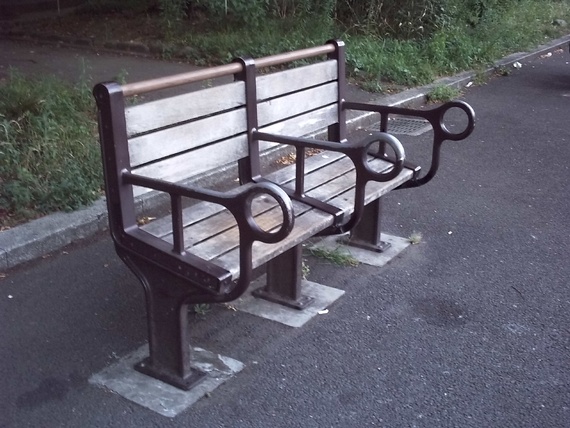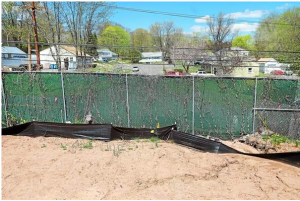I found this article to be fascinating. I liked how the author gave me a point of view that I had never even thought of before. One of the examples the author used was how an average person would look at a three seated park bench with arm rests and think it was only a part of the design, but how the person who engineered the bench might have been thinking that this bench would make it more difficult for homeless people to sleep on. This example goes to say that many of the architectural designs around us such as highways, transits, and roads all have many different reasons for being the way they are instead of just being the common thing that we see every day.

With me living in the suburbs of Georgia for most of my life I have always had a few questions that I wanted to be answered that did not make much sense to me. Why is it that Marta does not have a station in Johns Creek, Georgia? Why is it that there is so few bus stops around my neighborhood? Reading this article answered these questions for me. The author explains that many wealthy white neighborhoods in the suburbs refuse to have Marta in their neighborhoods because it would give easy access to poor people. This means that most of the suburban jobs would be inaccessible to many poor people that don’t have cars because of the amount of difficulty that it would take to get to the suburban areas. As you can see in this picture, Marta does not run in many wealthy areas.

With many architectural designs being made for the purpose of excluding this has made situations dangerous for people not familiar with the area. For example, a young inner-city girl by the name of Cynthia Wiggins took the transit over to her job at the mall and the transit did not take her all the way to the mall therefore, she had to cross a busy road where she was hit and killed by a dump truck. This all happened because the owner of the mall refused to allow the bus to stop on the mall’s property. Allegedly, there was a conversation between the owner and another person where the owner was saying that he did not want to attract the kind of people that were being let off the bus that Cynthia Wiggins rode.

To go along with many architectural designs being made for the purpose of excluding the author talks about how earlier on in history, walls were built to separate white neighborhoods from black neighborhoods. Some of these walls are still present today. For example, in Detroit, there is a wall that was constructed in 1940 called The Eight Mile Wall, and its purpose of being constructed was to separate an old black neighborhood from a new white neighborhood. We can find another example in Hamden, Connecticut where a 1,500-foot long fence was constructed to separate primarily black public housing from a primarily white suburban neighborhood. Fortunately, the fence was removed in 2014, but the fence did cause a problem for residents living around the area. Just to go to the grocery store was usually a 3-mile trip, but with the fence being there it took 7.7 miles. Many people living in the primarily black public housing didn’t own cars so they would have to hop onto two buses and make a two-hour trip just to attend a grocery store. 
I enjoyed reading this article. The author gave me a viewpoint that I had not even noticed before, and I found what the author said to be very insightful. The part that I found most surprising is we live in this world every day and fail to realize that a lot of unfairness is still going on in our communities. I believe that Atlanta needs to be more inclusive. I don’t think that you should be given more or less opportunity based on where you come from. Overall I enjoyed reading this, and I would recommend this article to a friend.